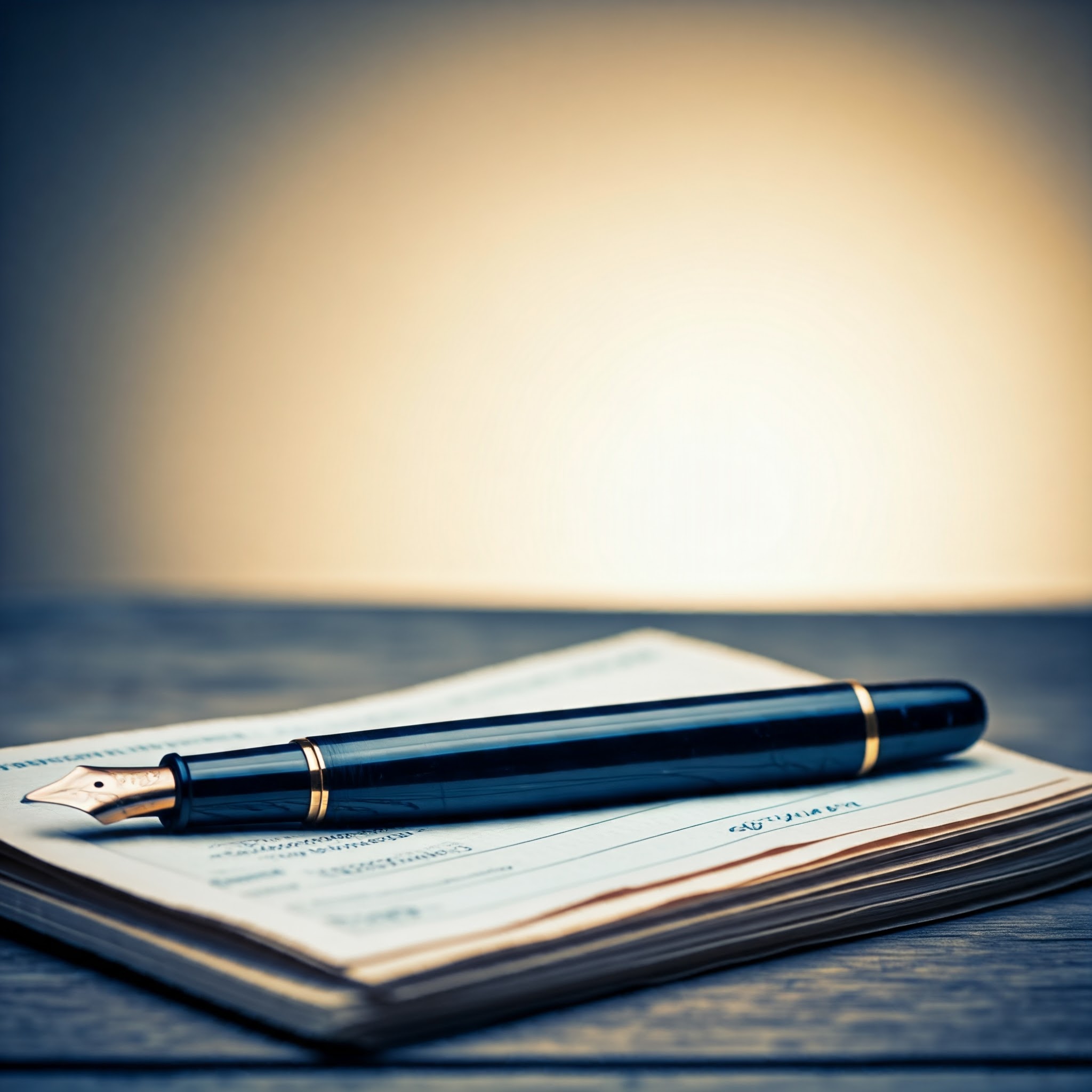Overdraft Protection: What Is It?
Overdraft protection sounds like a good thing. It’s a feature offered by banks and credit unions that covers your transactions if you spend more money than you have in your checking account. If you don’t have enough money, the bank will step in and pay the difference. Sounds helpful, right? But there’s a catch.
The Cost of Overdraft Protection
When you use overdraft protection, the bank doesn’t cover the difference for free. They charge you a fee every time it happens, and these fees can add up quickly. Some banks charge $35 or more each time you overdraft. Imagine you make a small purchase like a cup of coffee or a snack, and it ends up costing you an extra $35. If this happens a few times a month, you could be looking at hundreds of dollars in fees.
How Turning Off Overdraft Protection Saves You Money
By turning off overdraft protection, you avoid these excessive fees. If you try to spend more money than you have in your account, your transaction will be declined. While it might be a bit embarrassing at the moment, it’s much better than being hit with a hefty fee. No overdraft protection means no overdraft fees, and that means more money stays in your pocket.
Keep Only What You Need in Your Checking Account
One smart strategy is to keep only what you need in your checking account. Use your checking account for everyday expenses like groceries, bills, and gas. The rest of your money should go into a savings account. This way, you protect most of your money from accidental overspending or fraud.
Protect Your Savings from Fraud
If your savings account isn’t linked to your checking account, it’s much harder for someone to access that money if they get a hold of your debit card or account information. Even if your checking account is compromised, your savings are safe. This is an important way to protect yourself from financial fraud.
Pay Close Attention to Your Checking Balance
Without overdraft protection, you’ll need to pay close attention to your checking balance. This might seem like extra work, but it’s worth it. Regularly checking your balance helps you stay on top of your spending and avoid any surprise declines. It also helps you spot any unusual activity that could be a sign of fraud.
Preventing Overdrafts
The best way to prevent overdrafts is to be mindful of your spending. Keep track of what’s coming in and going out of your account. Set up alerts with your bank to notify you when your balance is low. These simple steps can help you avoid overdrafts and the fees that come with them.
It’s Unethical to Charge People for Not Having Money
Banks shouldn’t be charging fees to people who don’t have money because, well, they don’t have money. It’s not just unfair; it’s unethical. People who are already struggling shouldn’t be punished for not having enough in their account. By turning off overdraft protection, you take control of your finances and avoid these unfair fees.
Conclusion
Turning off overdraft protection is a smart move to protect your money from excessive banking fees. By keeping only what you need in your checking account, you can safeguard your savings from fraud and avoid costly mistakes. Pay attention to your balance, and take control of your finances. Banks shouldn’t be charging fees to those who are already struggling, and by turning off overdraft protection, you ensure they won’t be able to do that to you.
